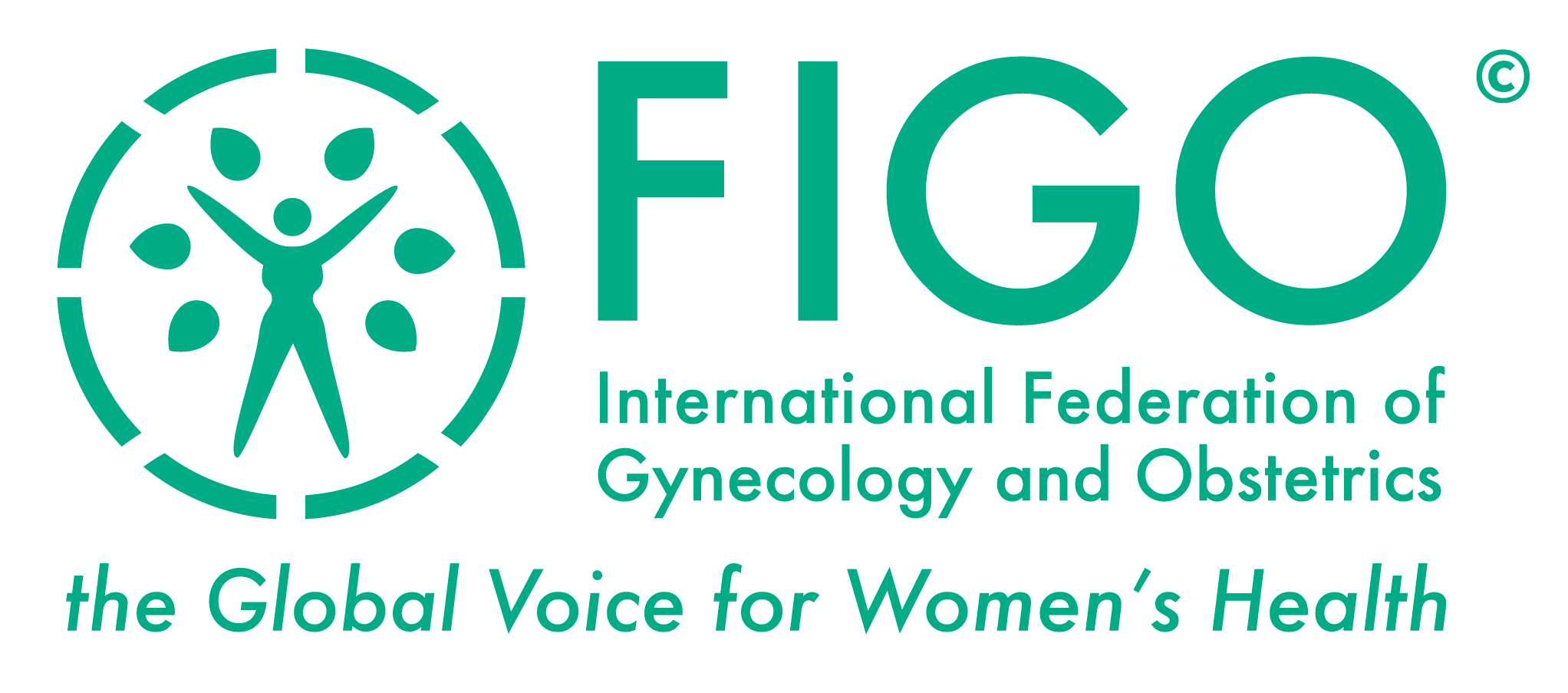Imani B, Eijkemans MJC, te Velde E, Habbema JDF, Fauser BCJM (2002)
A nomogram to predict the probability of live birth after clomiphene citrate Induction of ovulation in normogonadotropic oligoamenorrheic Infertility. Fertil Steril 77:91-7.
OBJECTIVE:
To establish whether initial screening characteristics of normogonadotropic anovulatory infertile women can aid in predicting live birth after induction of ovulation with clomiphene citrate (CC).
DESIGN:
Prospective longitudinal single-center study.
SETTING:
Specialist academic fertility unit.
PATIENT(S):
Two hundred fifty-nine couples with a history of infertility, oligoamenorrhea, and normal follicle-stimulating hormone (FSH) concentrations who have not been previously treated with any ovulation-induction medication.
INTERVENTION(S):
50, 100, or 150 mg of oral CC per day, for 5 subsequent days per cycle.
MAIN OUTCOME MEASURE(S):
Conception leading to live birth after CC administration.
RESULT(S):
After receiving CC, 98 (38%) women conceived, leading to live birth. The cumulative live birth rate within 12 months was 42% for the total study population and 56% for the ovulatory women who had received CC. Factors predicting the chances for live birth included free androgen index (testosterone/sex hormone-binding globulin ratio), body mass index, cycle history (oligomenorrhea versus amenorrhea), and the woman's age.
CONCLUSION(S):
It is possible to predict the individual chances of live birth after CC administration using two distinct prediction models combined in a nomogram. Applying this nomogram in the clinic may be a step forward in optimizing the decision-making process in the treatment of normogonadotropic anovulatory infertility. Alternative first line of treatment options could be considered for some women who have limited chances for success.
